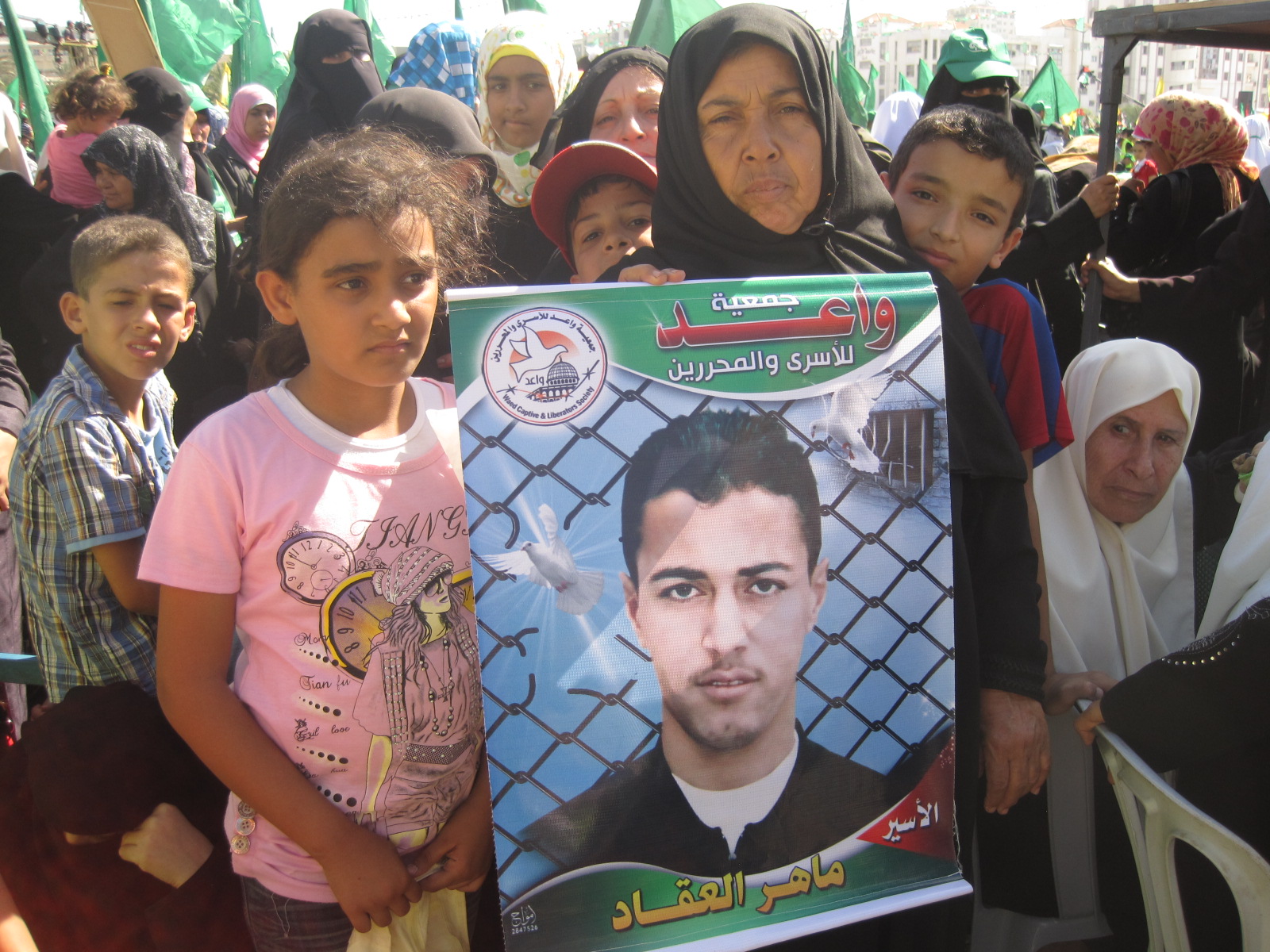Tag: Gaza
-
The ongoing trial in the murder of solidarity activist Vittorio Arrigoni
by Hussein Amoody and Radhika S. 20 October 2011 | International Solidarity Movement, Gaza The military trial of the four men charged with the death of Italian International Solidarity Movement Activist Vittorio Arrigoni continued in Gaza City today. The small courtroom was packed with friends and colleagues of Arrigoni, in addition to four or five members of…
-
Festival of Victory and Triumph: Families in Gaza welcome return of prisoners
by Radhika S. 18 October 2011 | International Solidarity Movement, Gaza Thousands of Palestinians gathered in Gaza City’s Qatiba Square yesterday morning, swelling to over 200,000 as news arrived that the prisoners had safely crossed the border from Egypt into Rafah. ISM volunteers waited for hours with local families eager to catch a glimpse of…
-
Honeymoon in Gaza
16 October 2011 | International Solidarity Movement, Gaza I had just finished off a plate of homemade bread knaffe yesterday with a family in the south of Gaza, when we got the call: farmers in Beit Hanoun, a village in the north of the Gaza Strip, requested that ISM volunteers accompany them to pick olives…

